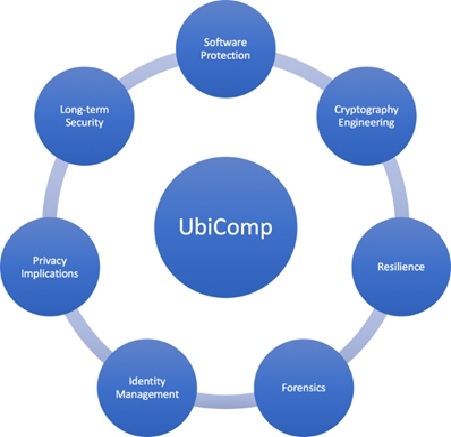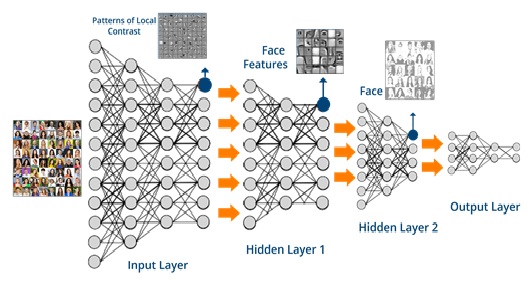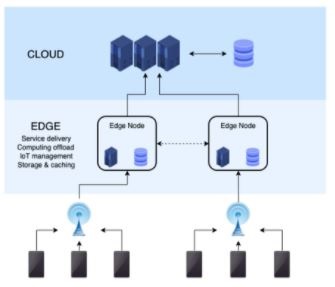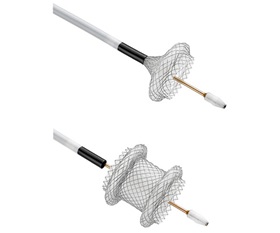Terahertz Light Paves the Way for Smarter and Faster Memory Chips
Breakthrough in Magnetic Control with Terahertz Light
Everyday magnets, such as fridge magnets, rely on aligned atomic magnetic moments to create a strong magnetic field. These materials, called ferromagnets, are highly effective but prone to external magnetic interference. In contrast, antiferromagnets, with alternating up-down atomic spins, cancel out their overall magnetization, making them resistant to such interference. However, their practical use has been limited by the challenge of reliably switching their magnetic states.

Figure 1. Revolutionizing Memory Chips with Terahertz Light Technology.
In a groundbreaking study published in Nature, researchers from the Max Planck Institute for the Structure and Dynamics of Matter and MIT have used terahertz light to control and switch an antiferromagnet into a new magnetic state. This advance showcases the potential of antiferromagnetic materials for creating memory chips that are more stable, energy-efficient, and compact. Figure 1 shows Revolutionizing Memory Chips with Terahertz Light Technology.
“Imagine a solid as atoms connected by tiny springs. If one atom is displaced, it vibrates at a specific frequency, usually in the terahertz range,” explained Alexander von Hoegen, a postdoctoral researcher in Gedik’s group.
Using a terahertz laser tuned to the phonons’ natural frequency, the researchers were able to disrupt the perfectly balanced spin alignment of the atoms. This disturbance shifted the material into a new magnetic state with finite magnetization.
“By exciting the atoms’ vibrations, which are coupled to their spins, we can induce a new magnetic state,” added Emil Viñas Boström, a postdoctoral researcher in Rubio’s group.
The change in the material’s optical properties confirmed that it had transitioned out of its antiferromagnetic state, explained Batyr Ilyas, a graduate student in Gedik’s group. This transformation was achieved by essentially “shaking” the atoms with terahertz light.
Long-Lasting Magnetic States
The researchers observed that a single terahertz pulse could switch the antiferromagnet into its new magnetic state, which persisted for several milliseconds after the laser was turned off. To understand the mechanism behind this long-lived state, they developed a model describing how spins interact with phonons. They identified a specific phonon mode that mediated the transition between antiferromagnetic and ferromagnetic states.
“This is an unusual scenario where magnetic fluctuations actually lead to a new magnetic order,” said Rubio. “Instead of destroying order, the fluctuations have a constructive effect.”
Simulations revealed that near the material’s transition temperature, the dynamics of the antiferromagnetic order slow down significantly—a phenomenon called critical slowing down. “At this temperature, the spins move very slowly, and the phonons act as a glue, coupling the magnetization to these slow fluctuations,” explained Viñas Boström.
This extended magnetic lifetime provides an opportunity for scientists to study the temporary state before it reverts to antiferromagnetism. These findings could pave the way for optimizing antiferromagnets in next-generation memory storage technologies, offering a path toward faster, smaller, and more energy-efficient devices.
Source: SciTECHDaily
Cite this article:
Priyadharshini S (2025),"Terahertz Light Paves the Way for Smarter and Faster Memory Chips", AnaTechmaz, pp. 332
















